Relay Protocol: Revolutionizing Cross-Chain Transactions in Web3

The Web3 ecosystem is rapidly evolving, driven by decentralization, blockchain technology, and token-based economies. However, one of its biggest challenges remains seamless, secure, and cost-effective transactions across multiple blockchains. The Relay Protocol offers a compelling solution by serving as a cross-chain payments infrastructure that connects users with relayers who perform on-chain actions on their behalf. This article explores how Relay works, its impact on Web3, key competitors, and the developments driving its adoption.
What is the Relay Protocol?
Relay is a cross-chain payments and transaction protocol designed to support fast, low-cost, and trust-minimized interactions across blockchain networks such as Ethereum, Solana, and Polygon. It focuses on reducing gas costs, enabling quick chain expansion, and improving capital efficiency. This makes it especially suitable for high-frequency, low-value activities such as payments, trading, NFT mints, and gas abstraction.
Core Mechanics
Relay connects users with relayers—entities that execute transactions across chains on their behalf. Its key components include:
- User and Relayer Interaction
Users request cross-chain actions and receive quotes from relayers. Once the user sends the required assets, the relayer validates the transaction and completes it on the destination chain. - Gas Cost Optimization
Transactions are divided into asset transfer, order validation, and fee collection. Validation and fees are processed on a lower-cost settlement layer, reducing gas fees on more expensive chains like Ethereum. - Direct Transfers
Relay uses direct transfers between users and relayers instead of traditional bridges that depend on AMMs or liquidity pools. This reduces costs and speeds up execution. - Single Relayer Model
Relay employs an optimistic model with a single relayer executing transactions. For transactions under $1,000, this allows confirmation in just a few seconds. - Vault Integration and Liquidity
Relay integrates ERC4626 vaults and utilizes protocols like Hyperlane for cross-chain messaging and Aave for yield generation. Users can deposit tokens into these vaults to earn yield while unlocking instant cross-chain liquidity.
An upcoming upgrade will introduce a trustless version of Relay, opening relayer participation to the public. This will foster a competitive marketplace based on speed, price, and network support.
Impact on Web3
Relay addresses several fundamental challenges in Web3, positioning itself as a core infrastructure layer for a multi-chain future.
1. Improved Interoperability
By allowing logic execution across chains with Ethereum-level security, Relay breaks down siloed ecosystems. Developers no longer need to deploy native contracts on every chain, simplifying operations and increasing composability.
2. Cost and Speed Efficiency
Relay cuts gas fees by up to 80 percent and enables fast confirmation times. This efficiency is especially valuable for DeFi, NFT minting, and microtransactions, where delays or high fees hinder usability.
3. Decentralization and Trustlessness
Relay eliminates centralized intermediaries by using staked assets to secure transactions. This aligns with the decentralized ethos of Web3 and reduces systemic risk from centralized bridges or custodians.
4. Institutional Readiness
With increasing regulatory clarity in regions like the United States and the UK, Relay's infrastructure becomes more attractive to institutional players. Its cross-chain collateralization model mirrors familiar concepts from traditional finance, potentially bridging the gap between DeFi and legacy systems.
5. Better User Experience
Relay simplifies multi-chain operations. Users can perform cross-chain actions with the same ease as single-chain transactions, addressing one of the biggest pain points in onboarding new Web3 users.
Competitive Landscape
Relay competes in a growing field of interoperability and cross-chain infrastructure providers. Notable competitors include:
- Axelar
A cross-chain bridge focused on secure communication, but its complex consensus mechanisms can increase cost and latency compared to Relay's lean design. - LayerZero
Offers a lightweight protocol with separate relayers and oracles, though this split can introduce architectural complexity and security challenges. - Biconomy
Specializes in meta-transactions and gas abstraction. While it excels in UX and scalability, its focus is narrower than Relay’s full cross-chain capabilities. - OpenZeppelin Defender Relay
Designed for smart contract automation with a secure HTTP API. It serves developers but lacks Relay’s emphasis on liquidity and real-time cross-chain payments. - Symbiotic Relay
A newer entrant using restaked Ethereum assets for validation. Though innovative, it prioritizes security over speed and gas optimization.
Relay stands out through its fast confirmation times, gas-efficient architecture, and open-market approach to relayer competition. Its integration with Solana further boosts its suitability for high-frequency use cases.
Recent Developments
Relay has seen significant advancements that are boosting adoption and functionality:
- Hyperlane and Aave Integration
Hyperlane powers cross-chain messaging, while Aave enables vault-based yield generation. These integrations enhance Relay’s liquidity model and utility. - Transition to Trustless Protocol
Opening the relayer role to the public supports decentralization and competitive pricing, marking a major milestone in the project roadmap. - Developer Momentum
Community feedback on platforms like X has highlighted Relay’s developer-first design. Described as “bridging intent,” the protocol’s modular approach is attracting dApp builders seeking efficient infrastructure. - Strategic Positioning
Relay aims to become an essential layer in abstracting away blockchain complexity. Its vision aligns with broader trends toward unified multi-chain platforms.
Challenges and Considerations
Relay is not without its challenges, many of which are common in the broader Web3 space:
- Regulatory Risk
Although legal clarity is improving, evolving global policies on staking, bridging, and asset transfer could impact Relay’s architecture and operations. - Scalability Concerns
Handling large transaction volumes requires robust monitoring and nonce management to prevent stuck transactions. Relay is addressing this with an event-driven system. - Competitive Pressure
Relay must continue to innovate to maintain its edge against aggressive players in the interoperability sector. - User Education and Adoption
While Relay improves UX, broader adoption still depends on educating users about multi-chain concepts and simplifying wallet and relayer integrations.
Conclusion
The Relay Protocol is emerging as a foundational tool in the multi-chain Web3 ecosystem. By combining speed, cost-efficiency, and a trustless model, it provides a robust solution for seamless cross-chain activity. Relay's architectural innovations—such as single-relayer execution, vault-based liquidity, and integration with messaging protocols—position it as a leading force in Web3 infrastructure.
As the protocol moves toward full decentralization and expands its developer ecosystem, Relay is poised to become a key enabler of chain abstraction. Its ability to support high-frequency, low-cost, and secure transactions makes it an attractive choice for dApps, institutional users, and liquidity providers alike.
References
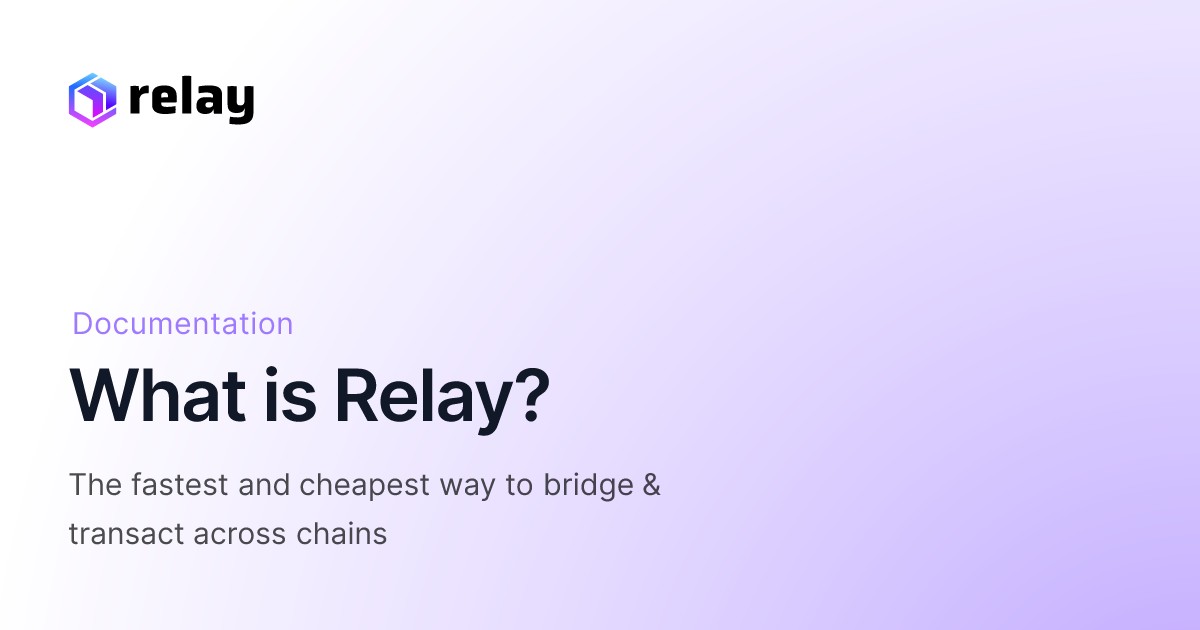
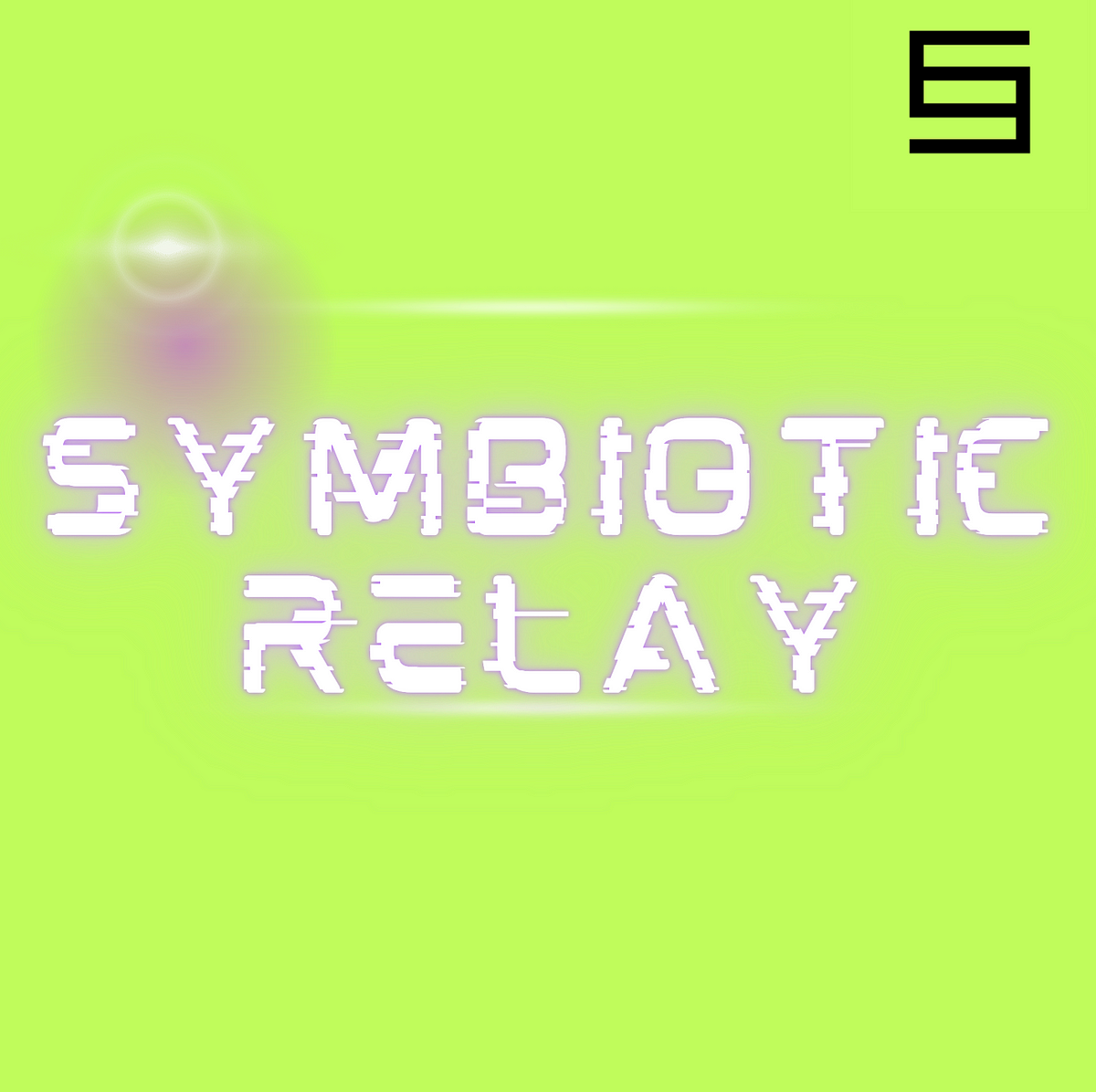

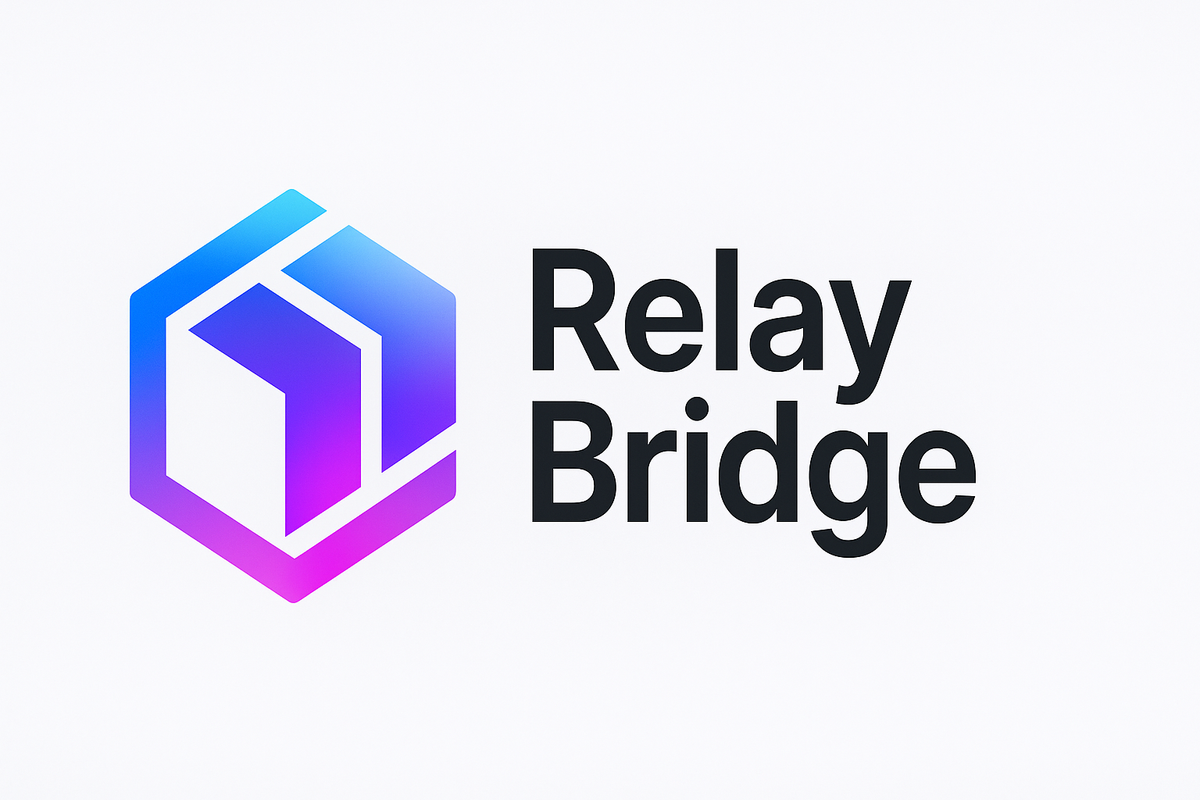

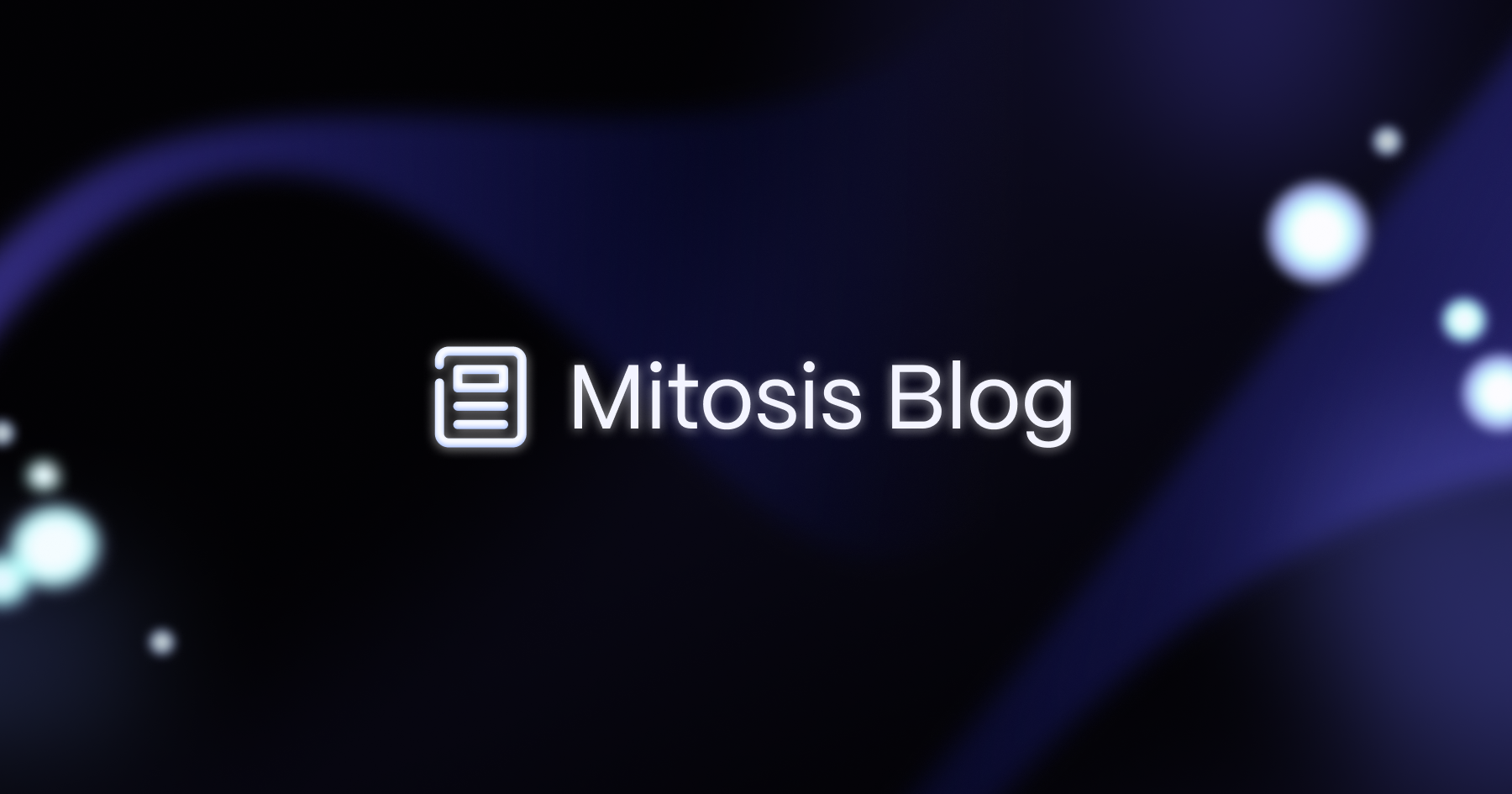






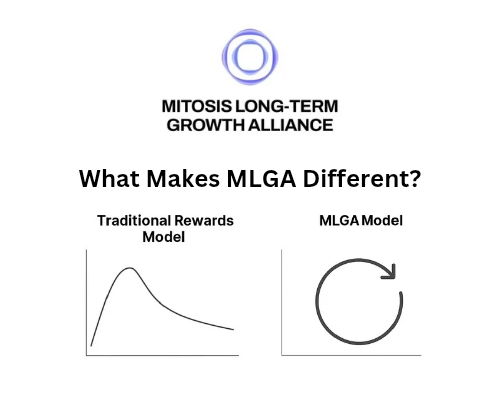
Comments ()